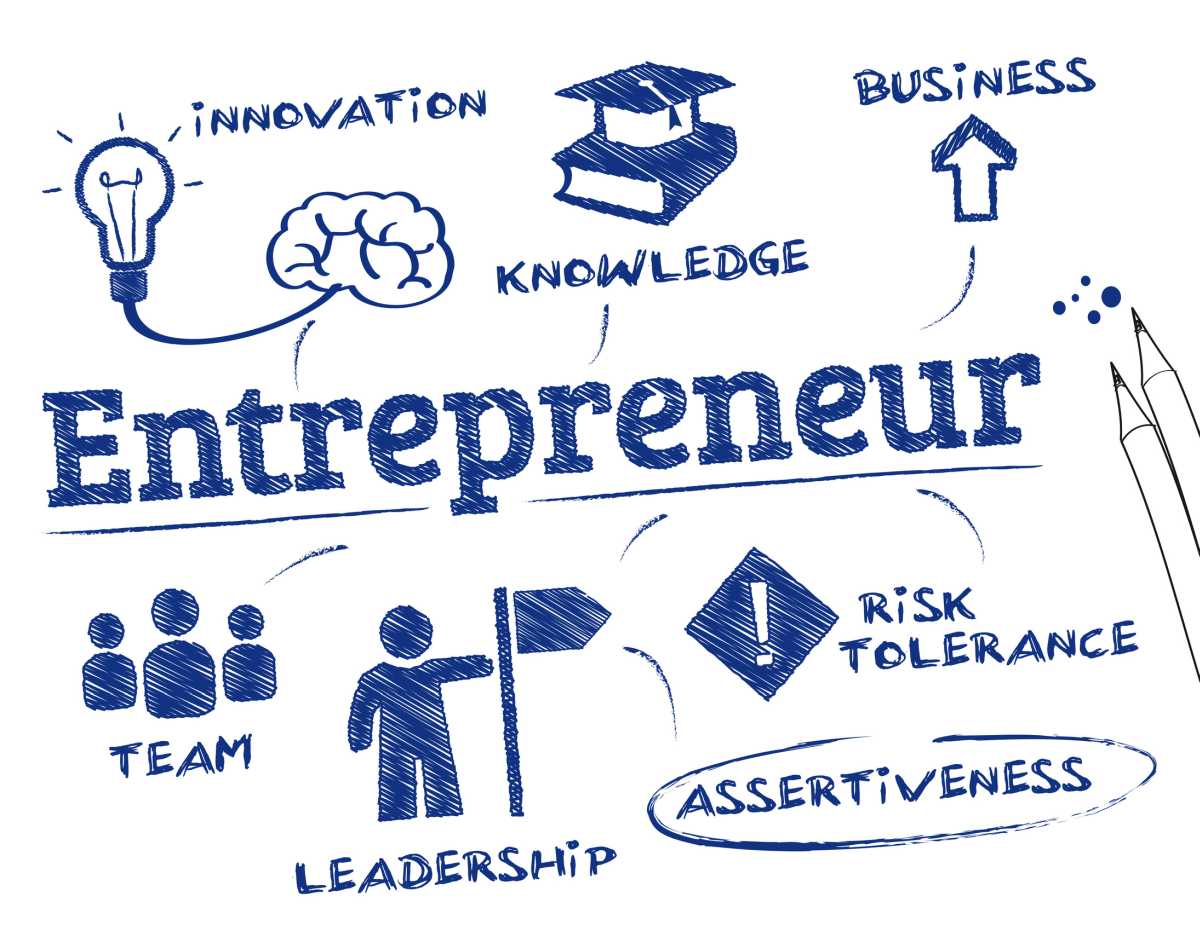Creating and delivering value in ways desired, accepted and for which customers are willing to pay a price that is profitable to you is key to business success. The vehicle that we can provide, and through which we compete very well against others to create and deliver value to our customers is our business model. Business modelling, the process of developing a business model, is our subject today.
What is business modelling? The process of conceptualising, designing, and developing an operating model for your business is called business modelling. The objective of a business modelling process is to come up with an operating platform and process that puts your business ahead of competition through providing desired value to your customers and at acceptable costs and profits to you. The end result of a business modelling process is the creation of a business model. A business model could be ‘greenfield’ or adopted, adapted, modified or updated from an existing one as may be required. No matter, a business model should just leverage the application of effort and use of other resources to achieve corporate goals in a competitive environment. Joan Magretta says, business model “..is the story that explains how an enterprise works.”
We’re committed to peace, security in Enugu — MACBAN
Why FG moved to end raw minerals export
Importance of having the ‘right’ business model: A business model is both the core strategy as well as the heart of the value proposition of your business. It is what makes it possible for you to deliver on your value proposition. It is required to crack open new markets as well as grow existing ones. You need the right model to seize opportunities as well as address challenges. A business model is one of the first attributes that attract investors and excites initial staff to be engaged. Similarly, creditors who may provide funding will be interested in how effective and efficient your model is in delivering value to target customers.
Features of great business models: Knowingly or unknowingly, every business is operating on some model. But to achieve your objectives, you must consciously develop your model by making the right policy and asset choices along the following lines:
• Innovative: A business model must be innovative in terms of how you plan to create value, deliver value, and beat competition.
• Demand generation: Your business model must create demand for your products.
• Proactive to competition: The business model you develop should take into consideration what the competitors are doing or likely to do and beat them at it.
• Profitable: At the end of everything, your model is to make your operations profitable.
• Clear processes: A business model has to be lucid in its processes, leaving no room for ambiguity and confusions.
• Resource types and utilisation: A business model that will work has to be clear on resources required, mode of acquisition and utilisation. Specifically, you must be able to provide the human capital and technology that may be required.
• Simple and Executable: The best things in business tend to be simple. Where you can distinguish your business is in persistent execution that gives life to your model.
• Resilience: Great business models must be resilient. Where possible, protect your model through proprietary rights.
• Room for improvements: A business model is like a living organism. It must evolve and grow through modifications and improvements.
Factors to consider in business modelling: The best business models are built around answering some important questions. The simplest modelling considerations are the ones proffered by renowned academic, Professor Peter Drucker:
1. Who are your customers?
2. What does the customer value?
3. How would you deliver the value to your customer at an appropriate cost?
Other questions that would need to be answered will include; How can you create the value the customers require, that is, what will be the production and delivery processes? At what acceptable costs can value be created and delivered? What resources do you need to provide the value? Who will be your key partners, such as suppliers, distributors, etc.? How will transactions be processed? How can you profitably keep ahead of competition?
In addition, you will need to consider the following:
• Are your products novel? Or are they readily available from competitors, and if so, how will you offer them better?
• In deciding who your customers are, you have to be sure what they value in your product. Customers can, for instance, be sensitive to price, quality, or after-sales service. Identify what your customers value and work to create how you could deliver that seamlessly and repeatedly. Although you must always have the end-users in mind, you may not always sell directly to them.
• Decide on the extent of vertical or horizontal integration, if any, in your supply chain.
• Decide on your business location: Depending on what you do, location can determine the success chances of your business. Hoteliers know that it is always about ‘location, location, and location’. Similarly, manufacturing businesses would always need to strike a wise balance between the need to be near the source of their raw materials or be close to their markets.
• How do you differentiate your product? Even for so-called ‘commodities’, you will need to differentiate your product to increase your chances of success in the market. Decide on key areas you can offer your product better than the competition. Depending on what your products are, who your end-users are, etc., you can differentiate your products through better pricing, better packaging, place utility, timing, better quality, aesthetics, performance, etc.
The schematic below is a simple representation of some of the factors to consider in building a business model.
Business modelling is fundamental to business success. Ensure that you are deliberately thoughtful and innovative in creating a model that will provide value to your customers and keep you ahead of competitors profitably. Next week, we will take up Business Growth Planning.

 Join Daily Trust WhatsApp Community For Quick Access To News and Happenings Around You.
Join Daily Trust WhatsApp Community For Quick Access To News and Happenings Around You.


